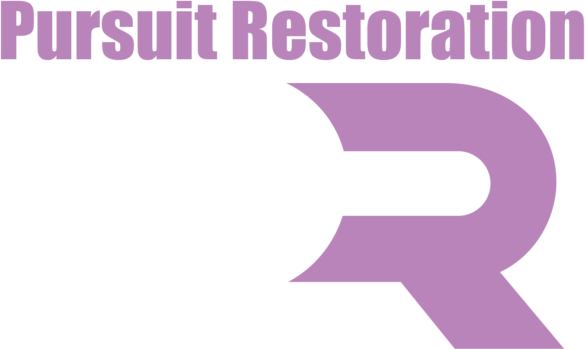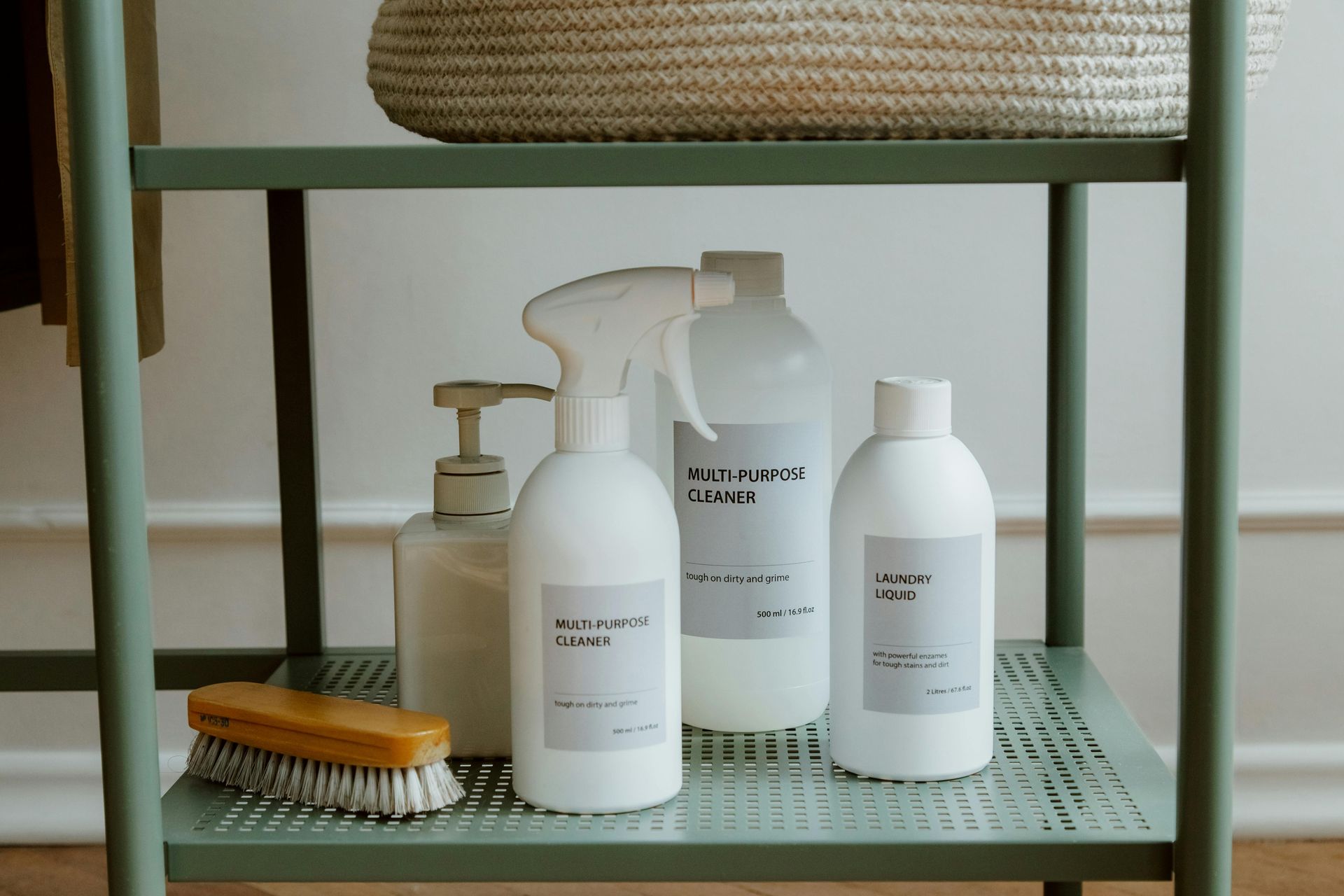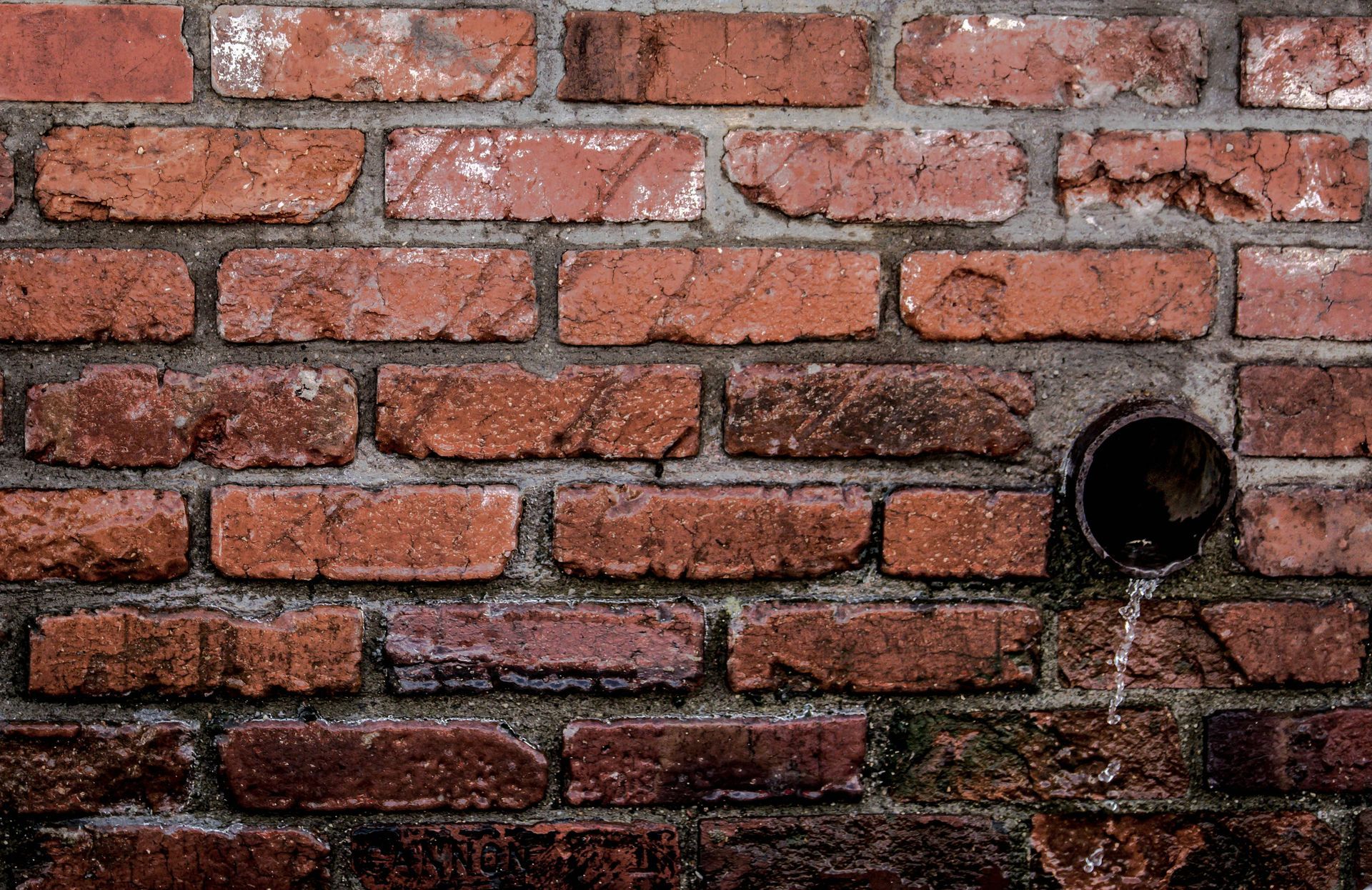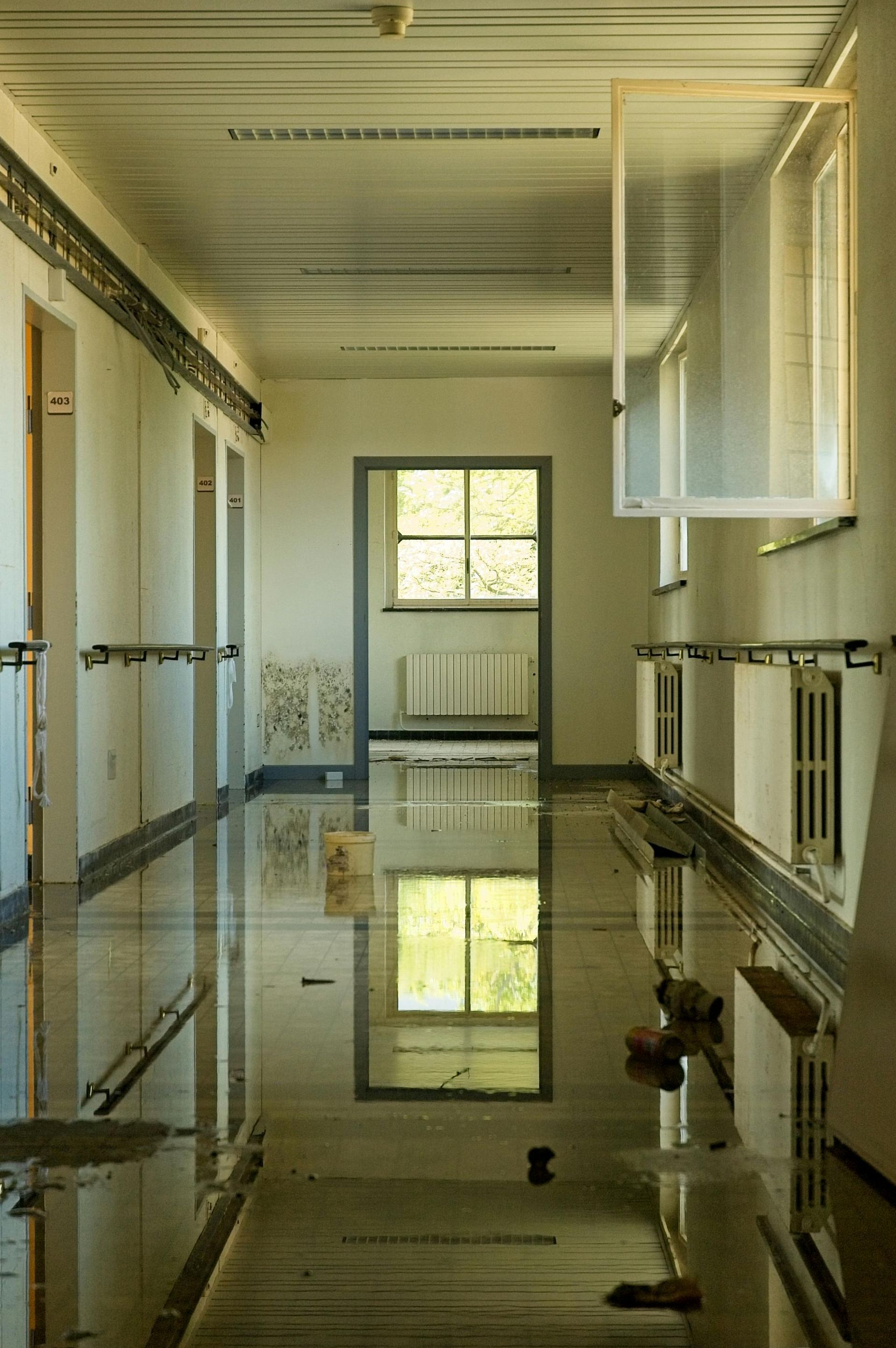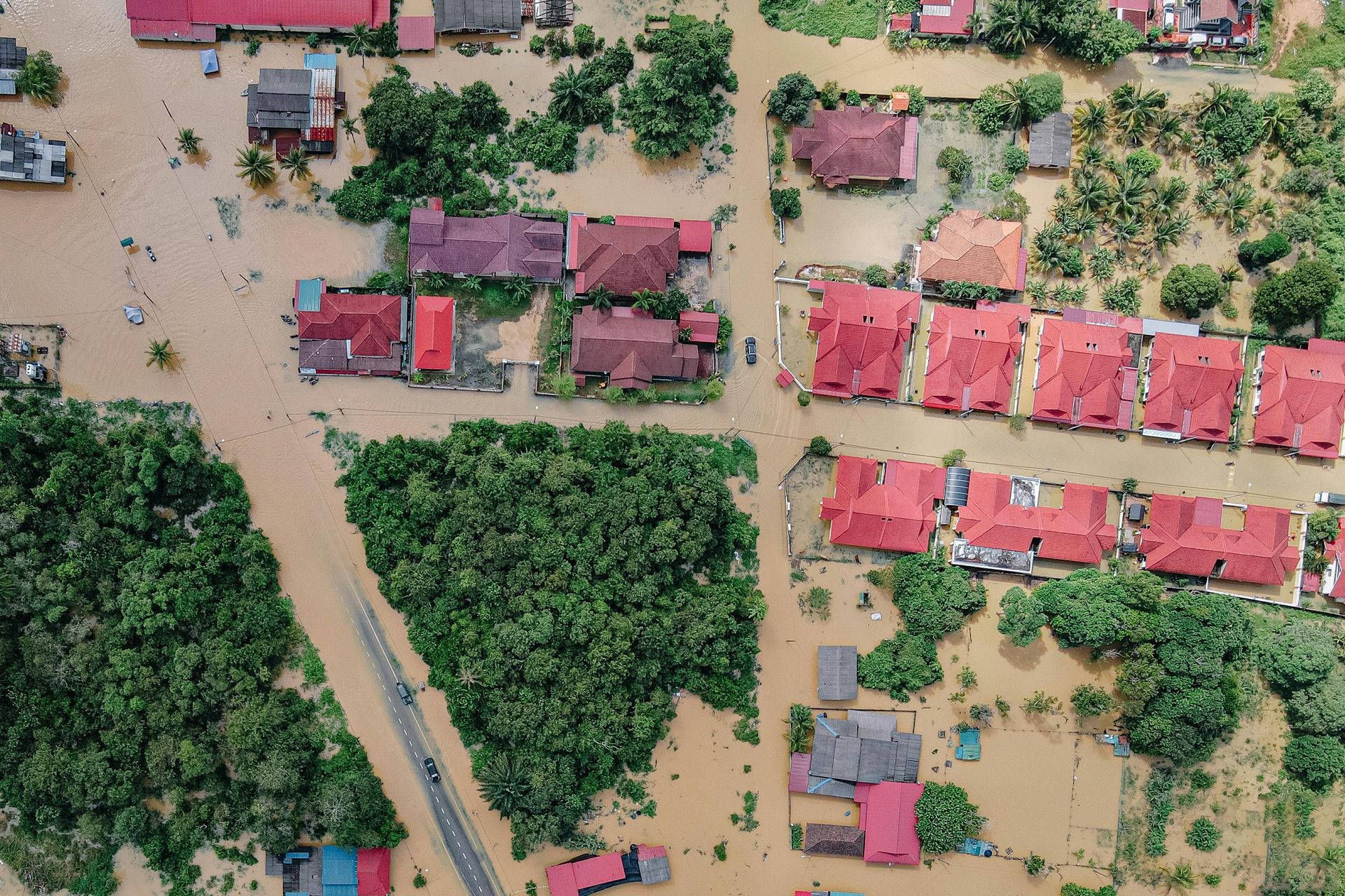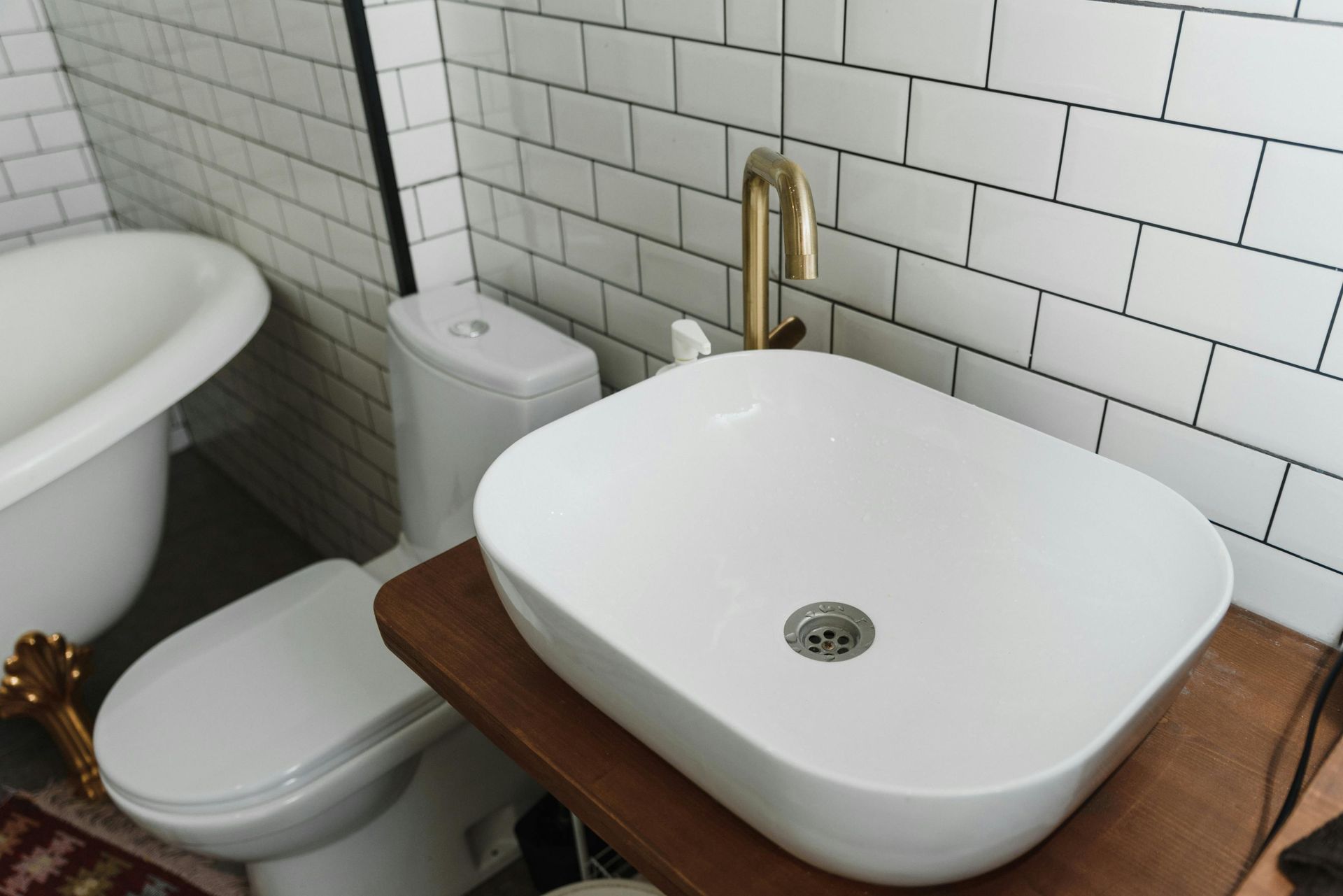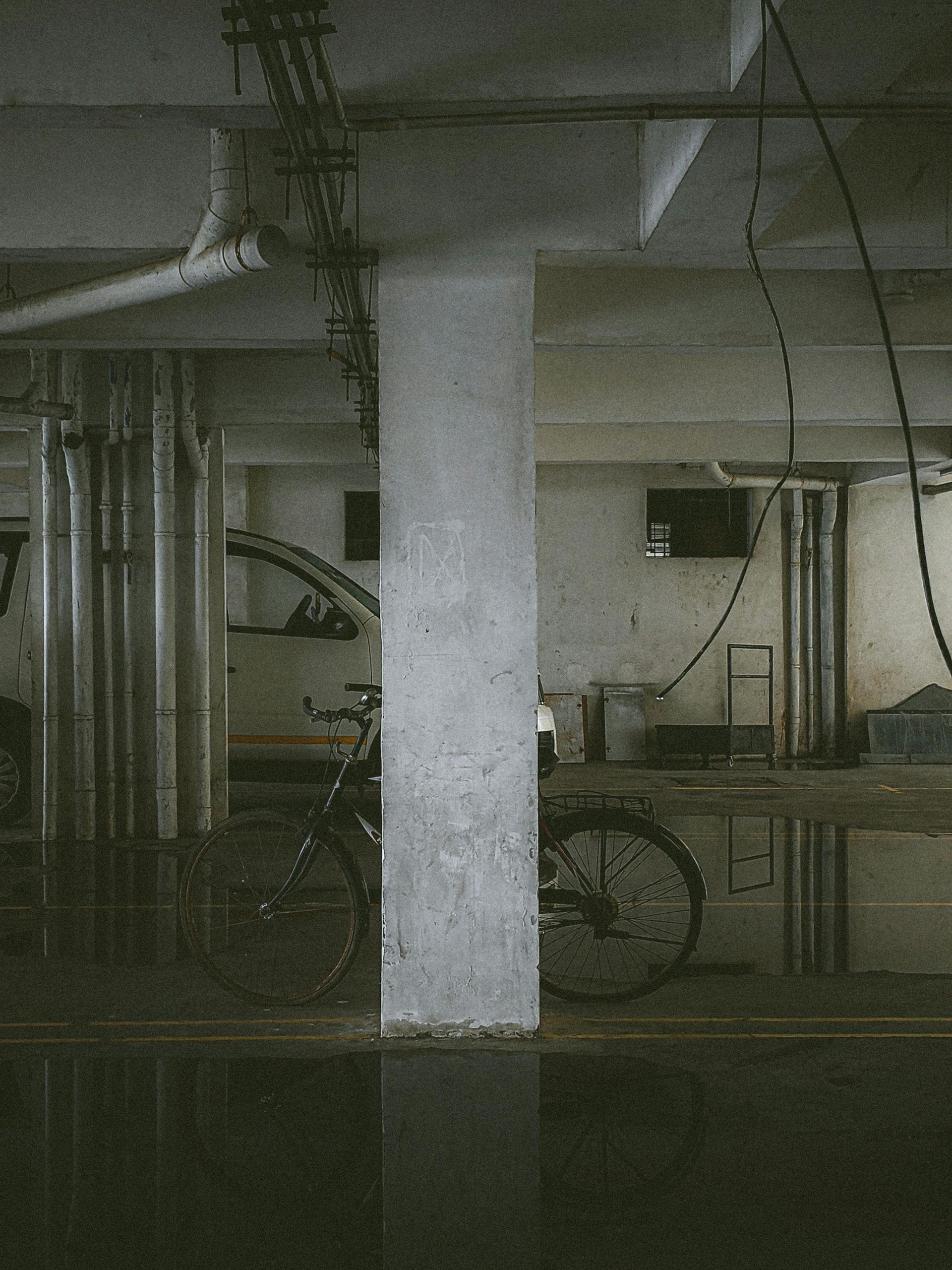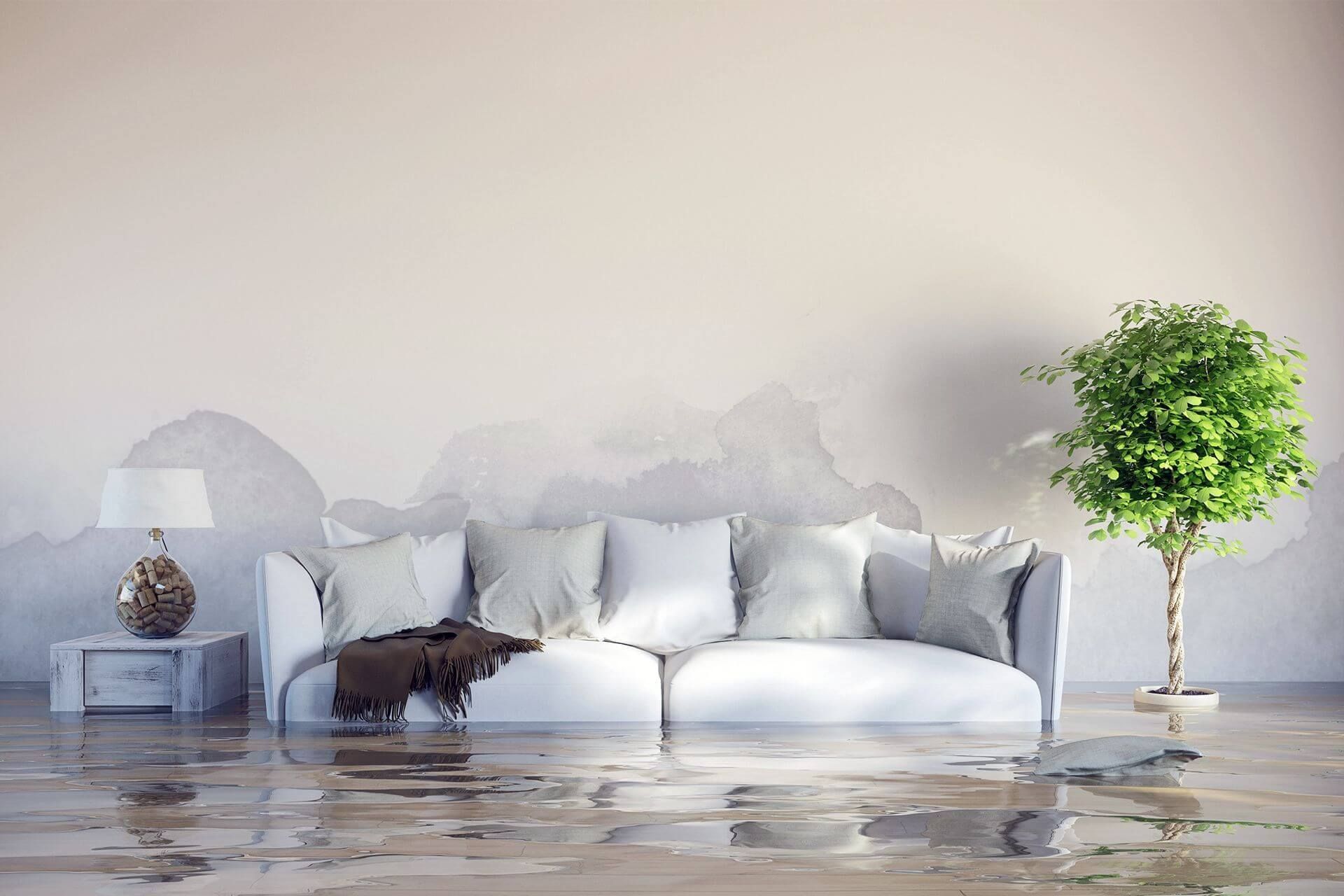DIY Mold Removal: A Complete Guide for Safe and Effective Cleaning
DIY mold removal can feel overwhelming, especially when you start spotting dark patches spreading across walls, ceilings, or bathroom tiles. Mold isn't just ugly, it can trigger allergies, irritate lungs, and even worsen asthma. Since it thrives in damp, poorly ventilated spaces, a small leak or everyday condensation can quickly turn into a stubborn problem if left untreated.
The good news is, you can handle many mold issues on your own if you use the right methods. This guide will walk you through safe and effective DIY mold removal, from identifying causes to step-by-step cleaning solutions and prevention tips. By the end, you’ll know exactly how to remove mold yourself while protecting your home and your health.
Key Takeaways
- Mold loves damp places, so fixing leaks and keeping things dry is the first step before cleaning.
- Always gear up with gloves, masks, and goggles to protect yourself from mold spores and harsh cleaners.
- Vinegar, baking soda, and hydrogen peroxide are great safe options to kill mold at home without fuss.
- Dry everything completely after cleaning to stop mold from coming back, and keep rooms well-ventilated.
- If mold covers a big area or hides in walls, especially in Boise’s changing climate, call a pro for help.
What Causes Mold Growth in Homes?
Mold needs one thing above all else to grow: moisture. When surfaces inside your home stay damp for too long, they create the perfect environment for mold spores to settle and spread. Without fixing the source of the moisture, cleaning mold becomes a temporary solution at best.
Some of the most common sources of indoor moisture include:
- Leaking pipes, roofs, or windows. Even small drips can create hidden damp spots.
- Poor ventilation. Areas like bathrooms, kitchens, and laundry rooms trap steam.
- Condensation. Cold surfaces such as windows or basement walls collect water droplets.
- Flooding or water damage. Standing water can soak into walls, floors, and carpets.
Moisture problems must always be addressed before you start mold removal. If you only scrub the surface without fixing leaks or reducing humidity, the mold will grow back. Identifying and repairing these issues first makes your cleaning efforts last.
Safety Precautions for DIY Mold Removal
Before you start cleaning, it’s important to protect yourself and your home. Mold releases tiny spores into the air that can cause coughing, skin irritation, and other health issues, especially for people with allergies or asthma. The right safety steps help you avoid making the problem worse.
When removing mold, always use:
- Gloves. Protect your skin from both mold and cleaning solutions.
- A mask or respirator. Prevent inhaling spores and harsh fumes.
- Goggles. Keep spores and cleaning splashes out of your eyes.
- Long sleeves and clothing you can wash immediately.
Other important precautions:
- Isolate the area. Close doors or use plastic sheeting to stop spores from spreading.
- Keep windows open for ventilation. Fresh air prevents buildup of fumes and spores.
- Bag and dispose of contaminated materials. Carpets, cardboard, or drywall that are badly affected should be sealed in plastic bags and thrown away.
Protecting your health is just as important as cleaning the mold itself. Once you’ve taken the right precautions, you can move forward with safe and effective mold removal.
Step-by-Step DIY Mold Removal Process
Once you’ve fixed the source of moisture and taken safety precautions, you’re ready to start the cleaning process. Following a clear step-by-step routine makes it easier to remove mold completely and safely.
1. Identify and fix moisture sources
The first and most important step is to find where the moisture is coming from. This could be a leaking pipe, poor ventilation, or condensation build-up. Fixing these issues stops mold from returning after you clean it.
2. Prepare and isolate the work area
Before starting, close doors and windows in the affected area. Use plastic sheeting or tape to seal off vents and doorways to keep mold spores from spreading to other rooms while you clean.
3. Choose your cleaning solution
Pick a cleaning solution that fits your surface and mold type. Natural options like vinegar and baking soda work well for light to moderate mold, while hydrogen peroxide or diluted bleach is better for tougher infestations.
4. Apply the solution
Spray the moldy area thoroughly with the cleaning solution and allow it to sit. This waiting period lets the mold die and makes it easier to scrub off. Follow recommended times for each cleaner.
5. Scrub and clean
Use a stiff brush or sponge to scrub the mold off non-porous surfaces. Scrubbing breaks up mold colonies and removes visible residue, improving the effectiveness of your cleaning solution.
6. Rinse and dry
Rinse the cleaned surface with water to remove any leftover cleaning agents and mold fragments. Thorough drying is crucial as moisture encourages mold to grow back quickly.
7. Dispose of contaminated items
If items like carpets, ceiling tiles, or drywall are heavily moldy and cannot be cleaned properly, seal them in plastic bags and dispose of them safely. This prevents mold spores from spreading in your home.
Thorough cleaning and drying are the keys to stopping mold from coming back. Once the area is clean, keep it dry and well-ventilated to stay mold-free.
Effective DIY Mold Removal Solutions
Choosing the right cleaning solution helps you remove mold safely and effectively. Here are some commonly used options you can try at home:
- White distilled vinegar. Use undiluted vinegar in a spray bottle. Spray directly on mold and let it sit for at least an hour before scrubbing. Vinegar kills many types of mold and is safe around pets and kids.
- Baking soda. Mix a tablespoon of baking soda with water to form a paste or dissolve in water as a spray. It absorbs odors and gently cleans mold from surfaces. Use it to scrub and rinse well.
- Hydrogen peroxide. Use a 3% hydrogen peroxide solution in a spray bottle. Spray on moldy spots and leave for 10 minutes. It disinfects and kills mold spores effectively.
- Tea tree oil. Mix one teaspoon of tea tree oil with one cup of water in a spray bottle. Spray and do not rinse. This natural fungicide is strong but more expensive.
- Household bleach. Use a solution of one cup bleach to one gallon of water for tough mold on non-porous surfaces. Never mix bleach with vinegar or ammonia, as this creates toxic fumes. Use bleach sparingly and with caution.
Always test your chosen solution on a small area first to avoid damage. Avoid mixing different products to keep your cleanup safe.
Tips for Preventing Mold Regrowth
Preventing mold from coming back is all about controlling moisture and keeping your home dry. Simple habits and regular maintenance can make a big difference in stopping mold before it starts.
To keep mold away, try these practical steps:
- Use a dehumidifier to reduce indoor humidity, especially in basements and bathrooms.
- Improve ventilation by opening windows or using exhaust fans while cooking or showering.
- Clean and dry areas prone to moisture quickly, especially after spills or leaks.
- Regularly inspect spaces like basements, kitchens, and bathrooms for signs of dampness or mold.
- Fix leaks and water damage promptly to eliminate ongoing moisture problems.
Routine cleaning and monitoring help you catch mold early and keep your home healthier. Preventative actions are easier and safer than dealing with large mold problems later.
When to Call a Professional for Mold Removal
In Boise, Idaho, the dry climate can sometimes mask mold problems until they become serious. If you notice large mold infestations covering over 10 square feet, or mold growing inside walls, ceilings, or HVAC systems, it’s time to call a professional. Boise’s seasonal temperature swings and occasional high humidity in basements or crawl spaces can create hidden mold risks that require expert evaluation.
Local mold remediation specialists in Boise have the right equipment to handle tough mold problems safely and thoroughly. They also understand the region’s unique moisture challenges and can recommend long-term solutions to protect your home. If someone in your household has asthma, allergies, or other mold-related health issues, professional help is especially important to avoid health complications.
For serious or persistent mold issues in Boise, professionals provide the safest, most effective cleanup and peace of mind.
Safe and Effective DIY Mold Removal Summary for Boise Homeowners
Mold in Boise homes can be a hidden problem, especially in areas prone to moisture like basements, bathrooms, and kitchens. While many mold issues can be handled safely with the right precautions, it’s crucial to protect yourself with gloves, masks, and goggles, and to fix moisture problems unique to Boise’s seasonal humidity and temperature changes before cleaning. Following a thorough step-by-step process using trusted DIY solutions like vinegar, baking soda, or hydrogen peroxide can effectively remove mold from most surfaces.
Preventing mold regrowth in Boise means controlling indoor humidity, improving ventilation, and promptly fixing leaks or water damage common in local homes. However, if mold covers large areas, is embedded in porous materials, or causes health concerns, hiring a professional with experience in Boise’s specific climate is the safest and most effective choice.
With careful attention, Boise homeowners can manage small mold problems themselves and keep their homes healthier. When mold issues seem severe or persistent, don’t hesitate to seek expert help for lasting results.
Ready to Take Control of Mold in Your Home?
If mold problems feel overwhelming or too large to handle safely, Pursuit Restoration is here to help Boise homeowners protect their health and homes. Our expert team uses the latest equipment and proven methods to remove mold thoroughly and prevent it from coming back.
Don't wait for mold to spread.
Schedule a service online or call us at
(208) 515-6503 to learn more about how we can keep your home safe and healthy.
